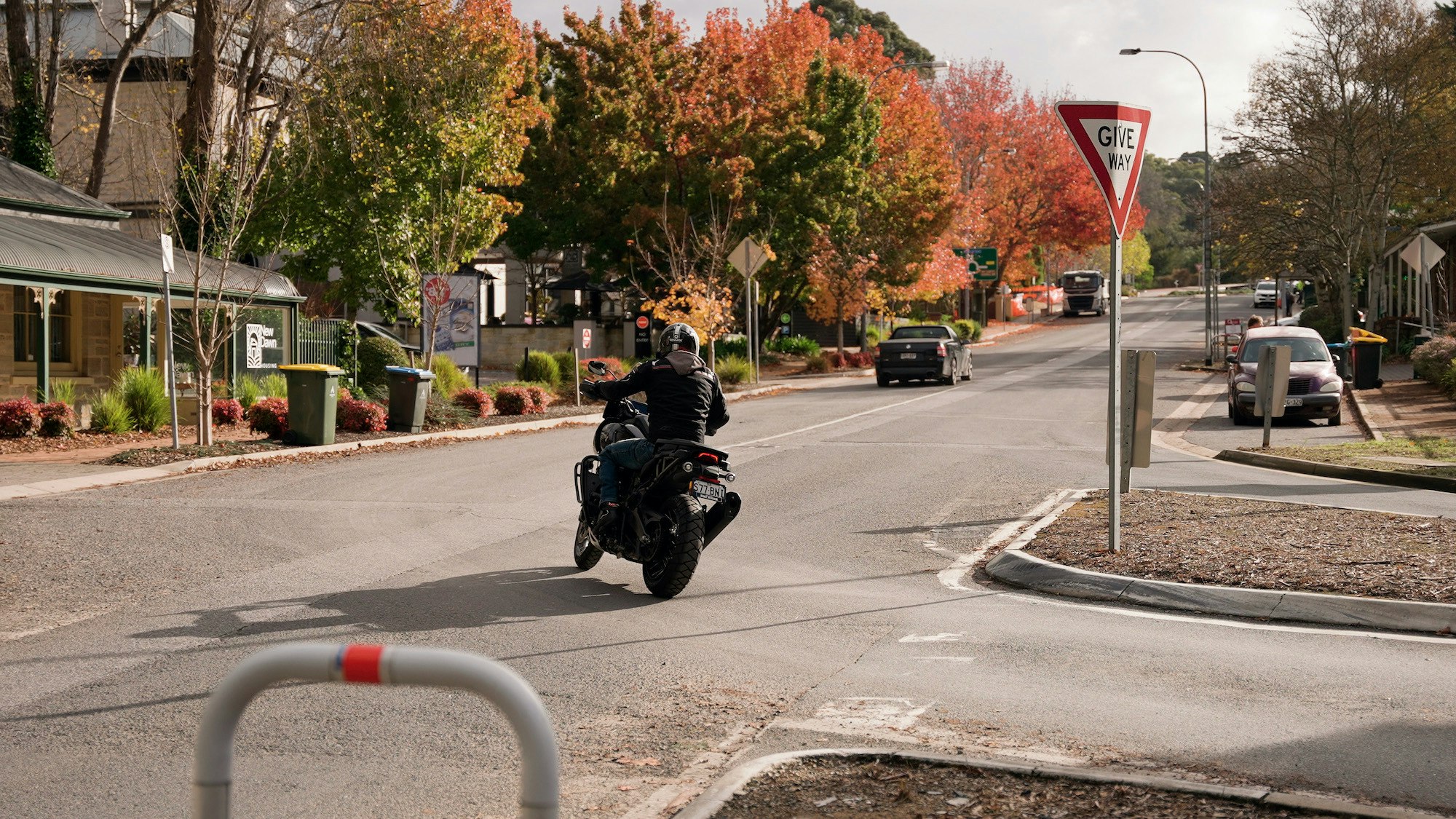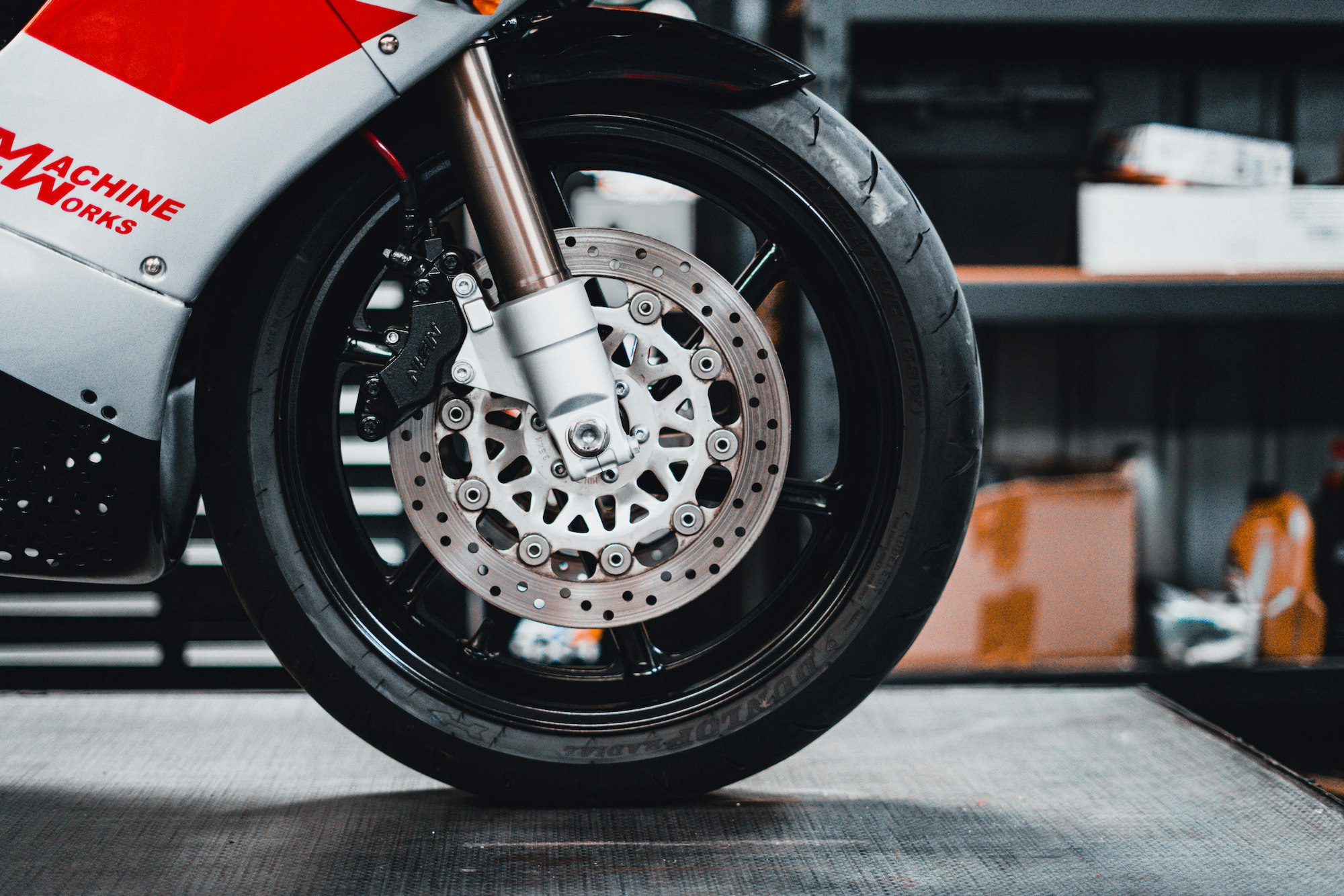Common rider mistakes and how to avoid them
November 28, 2022 Beyond the bike
Riding a motorcycle is an exhilarating, life-changing experience, but no one is deluded about its inherent dangers. Statistics show riding a motorcycle or scooter is far more dangerous than driving any other vehicle. In fact, riders are up to 30 times more likely to be injured or killed in a crash than people in passenger cars.
Other motorists
But too many riders think the over-representation of riders in crashes is due to other motorists.
However, being in the right doesn’t help if you are banged up in hospital, so while the most common form of motorcycle crash involves another vehicle, the most common way to avoid such a crash is to ride like every motorist is not paying attention on the road and a potential hazard.
It means slowing down in heavy traffic areas, waiting to see the whites of the motorist’s eyes before assuming right of way, and keeping a buffer from other traffic. And like other common forms of crash, the rider has to take responsibility for their own safety and not just hope that other motorists see them or that road infrastructure is safe for their use.
In crashes involving other vehicles, the most common are called SMIDSY (sorry mate, I didn’t see you) crashes. It’s no use complaining about how badly educated drivers are or how unaware they are of motorcyclists; riders should be proactive and be more visible to drivers. That can mean wearing brightly coloured clothing and helmet, moving around in your lane to attract attention, avoiding riding in a blind spot and perhaps flashing the headlights or beeping the horn to attract attention.

Intersection crashes
Most motorcycle accidents happen at intersections, often where a car drives out in front of a motorcycle. It is difficult for drivers to judge the distance of an oncoming motorcycle as they are small. So, riders should slow down if they see a car stopped at a side street and do something to again attract attention such as moving around in their lane, blowing the horn or flashing their lights.
A common cause of this type of crash is also the rider forgetting to turn off their indicators. The driver thinks they are turning left. However, the rider is actually going straight ahead and has simply forgotten to switch off their indicators. You can avoid these accidents by investing in aftermarket self-cancelling indicators or upgrade to a bike that has them as standard. In single-vehicle crashes, three common rider errors are target fixation, over-estimating your ability and riding a bike that is not suitable.
Target fixation
This is where a rider gets into trouble and immediately fixes their gaze on where they believe they will crash. For example, the rider has entered a corner too fast, so they fix their gaze on where they think they will run off the road or into an oncoming vehicle.
It’s a self-fulfilling prophecy as that IS where they do crash! So slow down before a corner and don’t open the throttle again until you see the exit point is clear. Overcoming target fixation requires the rider to concentrate on where they want to be, not where they think they could end up. That means lifting your gaze further along the road or further around a bend.
If you round a corner and are confronted with a massive pothole, oil patch, vehicle on the wrong side of the road or wildlife/livestock, you need to consciously fix your gaze on an escape route, rather than the hazard.

Skill levels
Many riders think they are better than they really are and they don’t find out until they get into a situation such as a hazard around a blind corner. The answer is more training, thankfully, riders are far more likely than car drivers to seek out after-licence training.
That’s because these courses don’t only make you a safer rider, but are fun and increase your level of enjoyment. Returned riders who got their licence when they were young, then stopped riding for several years to raise a family before returning during a mid-life crisis are over-represented in crash statistics. Just because you have a licence doesn’t mean you can ride well, so consider a brush-up course.
Unsuitable bike
Returned riders also tend to buy bigger and more powerful motorcycles than they need or can handle. Why? Because they can now afford the type of bike they only dreamed of as a youth!
Consider a lighter bike that is easier to handle with power that you can actually use and make sure your bike is roadworthy by always doing a pre-ride check.
Many single-vehicle crashes occur because the rider didn’t inflate their tyres to the correct pressure or didn’t check that their brakes worked. Underinflated tyres affect handling, ride, cornering, acceleration and braking. Check the owner’s manual for the correct pressures and don’t listen to the “bench racers” who reckon you should drop your pressures.
The best way to avoid an accident is to stop before you hit an object or at least slow down substantially and that means having good brakes.
Many modern bikes come with massive dual discs up front and have ABS as standard. But these brakes are only as good as the quality of the pads that are fitted, so include a check of the thickness and condition of the brake pads before each ride.



Bendix Moto, who are famous for their vehicle brakes also make brake pads for motorcycles.
They produce two motorcycle pad types; sinter or ceramic. Both have low dust, noise and wear characteristics.
Bendix Moto Street Road Track sinter brakes are best suited to highway riding and bigger motorcycles while Ultimate+ ceramic pads have increased feel at low and moderate speeds and are most suited to lighter and more powerful bikes.
 Australia
Australia
 New Zealand
New Zealand